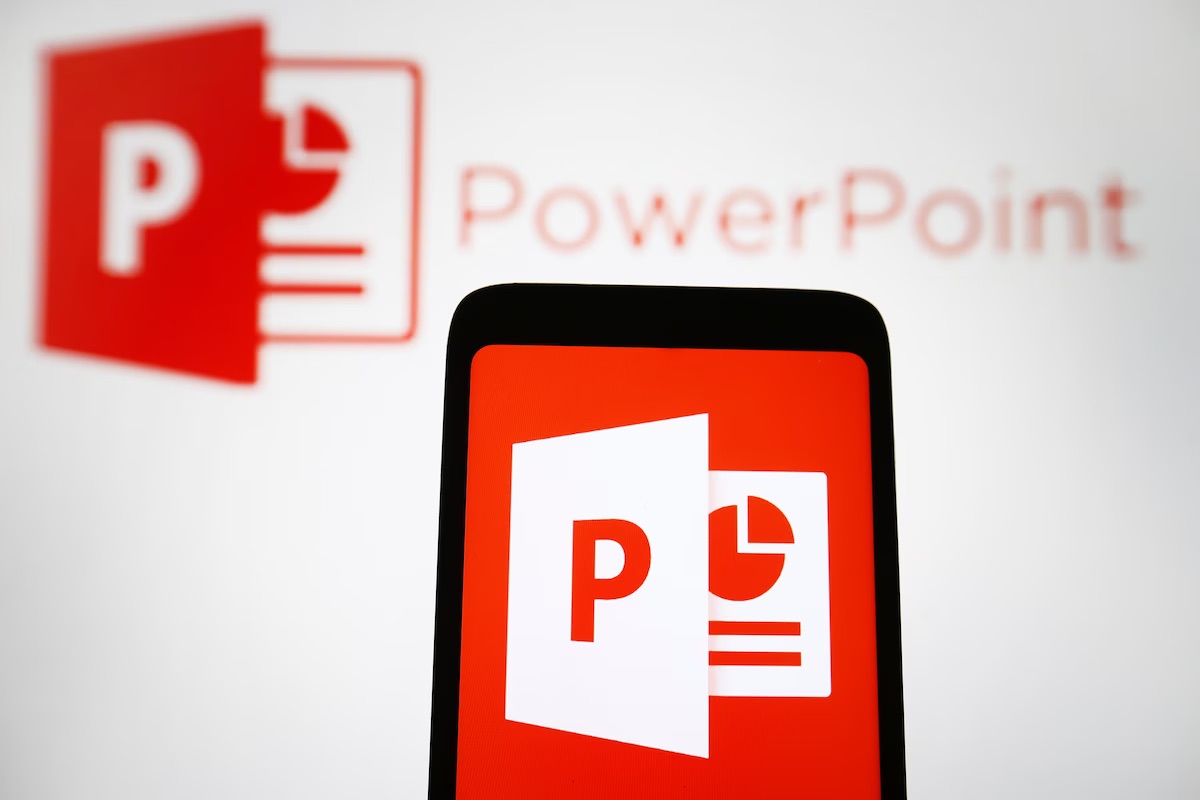The inventor of PowerPoint died, and he shaped the way of information communication in modern society.
Dennis Austin put forward at least half of the main design ideas and took full credit for the smooth performance and perfect completion of PowerPoint. "If Dennis wasn’t the one who designed PowerPoint, no one would have heard of it."
"It’s easy to laugh at the corporate nature of PowerPoint, but the real story is its participation and democracy. High school students use it, rabbis (Jewish wise men) use it, and people even use it for wedding toasts. "

Dennis Austin, inventor of PowerPoint. Image source: Emily Austin
On September 1, local time, Dennis Austin, the inventor of PowerPoint, died at his home in Los Altos, California, at the age of 76.
According to Washington post’s report on September 8th, Michael Austin, Austin’s son, revealed that the cause of death was the metastasis of lung cancer to the brain.
PowerPoint has played an important role in shaping the way of information communication in modern society and has become synonymous with the workplace world. Its amazing popularity, especially the ability to easily create boring and endless presentations, makes it not only a tool that everyone can’t live without, but also a rare cross-cultural symbol. No matter in which country, PowerPoint is easy to be ridiculed and entertained in cultural and artistic works. It also has a household abbreviation: PPT.
Everyone can make slides.
In 1987, as the digital successor of projector, PowerPoint was released by the software company Forethought. Prior to this, making slides was a labor-intensive task, which was usually assigned to the design department or outsourced. PowerPoint allows anyone who can use a computer to make slides, just click with the mouse and rearrange the information.
As a software engineer, Austin cooperated with Robert Gaskins, the Forethought executive who conceived the software, to make PowerPoint easy to operate.
"Our users are familiar with computers, but may not be familiar with graphics software." Austin wrote in an unpublished article about the history of PowerPoint development. He made "the content you are editing look exactly like the final product" through the "direct operation interface".
PowerPoint was originally called Presenter. At first, it provided users with the functions of merging graphics, clip art and multiple fonts for Apple Macintosh computers with graphical interfaces. Austin wrote that the goal is "to create presentations, not just slides."
Gaskins wrote in his book "Sweating Bullets: Notes on Inventing PowerPoint" that "Dennis put forward at least half of the main design ideas" and took full credit for the fluency and perfect completion. "If Dennis wasn’t the one who designed PowerPoint, no one would have heard of it." Gaskins added.
A few months after PowerPoint was launched, Microsoft acquired Forethought for $14 million. Microsoft founder Bill Gates was skeptical at first, but finally changed his mind. This project is so huge that Microsoft has set up a new business department.
Microsoft finally added PowerPoint to the Office suite, which was released on the Windows operating system in 1990. By 1993, the sales of PowerPoint had exceeded 100 million dollars. Now, users around the world use PowerPoint to create more than 30 million presentations every day.

Global users now use PowerPoint to create more than 30 million presentations every day.
PowerPoint was rejected by Jobs.
However, in the process of becoming an important tool in the workplace, PowerPoint was ridiculed by corporate executives, business school professors and military officers.
"I hate the way people use slide shows without thinking." According to Walter Isaacson’s Biography of Jobs, Apple founder Steve Jobs said, "People will face problems by creating presentations. But I want them to get involved and discuss problems on the table instead of showing a bunch of slides. People who know what they are talking about don’t need PowerPoint. "
Jobs banned the company from using PowerPoint (but Apple developed its own demo software). Jeff Bezos, the founder of Amazon, did the same and asked the executives to write a memo to share before the meeting.
At the Pentagon, PowerPoint was criticized. "PowerPoint makes us stupid." According to The New York Times, former US Secretary of Defense Jim Mattis said at a military conference in 2010, "We have met the enemy, and he is PowerPoint."
"This is dangerous because it will create the illusion of understanding and control." Lieutenant General H.R. McMaster of the US Army told reporters.
In 2003, NASA’s committee investigating the disintegration of the space shuttle Columbia found that a PowerPoint slide used "sloppy" and "vague quantitative words" to cover up the "life-threatening" safety problem of the spacecraft. The report said: "The Committee believes that PowerPoint presentation slides are widely used instead of technical papers, indicating that there is a problem with NASA’s technical communication methods."
Austin and Gaskins agree with these complaints, but think that they unfairly point the finger at the software, rather than the people who use it for lazy and poor demonstrations. "It’s like a printing press." Austin told The Wall Street Journal in 2007, "It can print all kinds of rubbish."
"The real story is participatory and democratic."
Austin was born in Pittsburgh, USA on May 28th, 1947. His father runs an executive association, and his mother is a typist and later becomes a housewife.
When Austin was studying engineering at the University of Virginia, he used a room-sized computer. Students programmed on the machine to generate punch cards, and then specially trained computer operators entered it into the computer. After the program was running all night, the students came back the next day to check the output.
After graduating in 1969, Austin studied for graduate students at Arizona State University, Massachusetts Institute of Technology and University of California, Santa Barbara. Subsequently, he worked in companies such as General Electric and Honeywell International.
In 1984, Austin was hired by Forethought, a company founded by two former Apple employees.
After Microsoft acquired Forethought, Austin continued to lead the development of PowerPoint until his retirement in 1996.
Austin’s friends and family said that he never mind jokes about PowerPoint. He is also well aware that the software he invented was used for demonstration purposes far beyond expectations, not only as a proposal, but also as a prop in stand-up comedy performances.
In 2005, Austin attended an event at the University of California, Berkeley, when David Byrne, the lead singer of the rock band Talking Heads, gave a PowerPoint presentation to show the use of the software to create art.
"PowerPoint is the Rodney Dangerfield of software: it is not respected." Ken Goldberg, the organizer of the event and an engineering professor at the University of California, Berkeley, said. Denzelfeld is an American stand-up comedian who is famous for his self-deprecating witty humor. His famous slogan is "I can’t get respect!" .
"It’s easy to laugh at the corporate nature of PowerPoint, but the real story is its participation and democracy. High school students use it, rabbis (Jewish wise men) use it, and people even use it for wedding toasts. " Goldberger said.